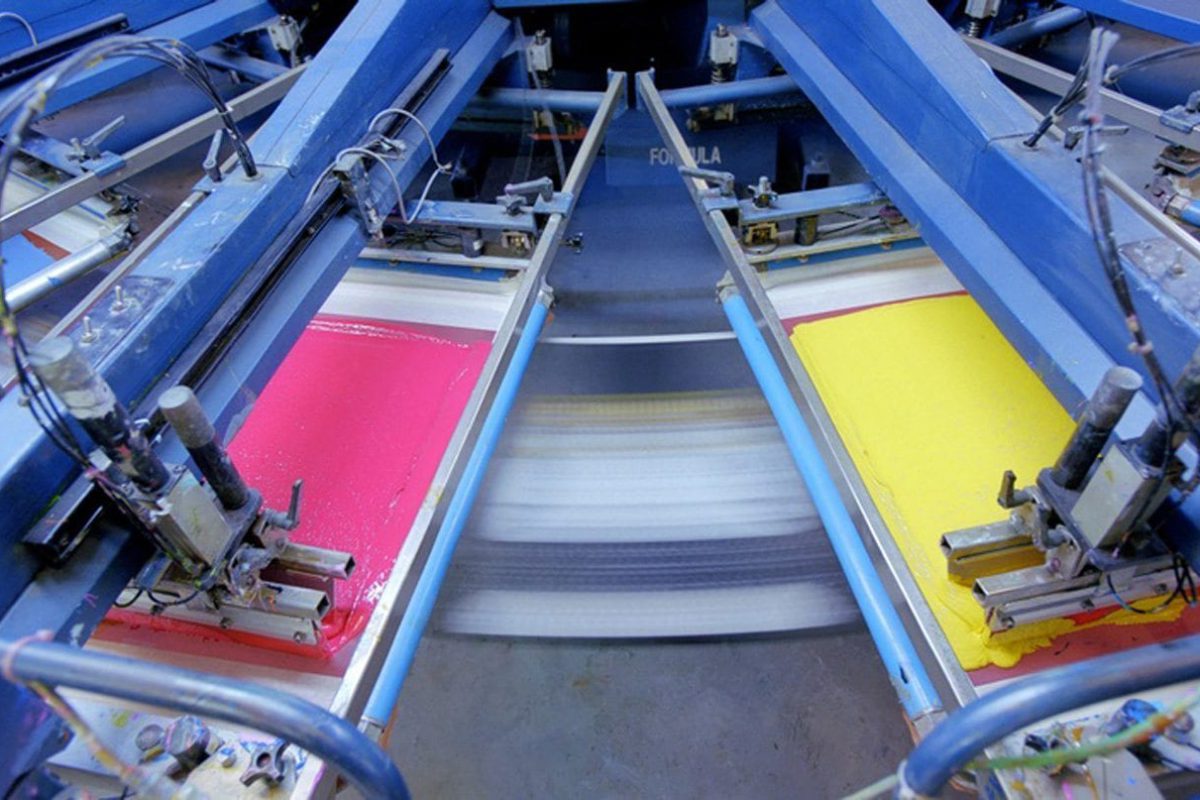
What is the best wastewater treatment process in the industry?
Facilities such as food and beverage, chemical and textile manufacturing rely on water for their operations. Whether it’s iron and clay particles from mining operations or dyes and acids from clothing production, harmful contaminants can quickly find their way into industrial water. This makes the wastewater treatment process in the industry a pivotal process.
Wastewater treatment removes as much suspended solids as possible before discharging the water back into the environment. This process prevents pollution of waterways to protect humans and the environment. Read on to learn about the different types of wastewater treatment and how they are used in different industries.
How does the wastewater treatment process in the industry work?
Wastewater treatment plants use physical, chemical, and biological processes to treat and remove pollutants from industrial wastewater. Most facilities follow these stages of wastewater treatment.
Pretreatment
During this stage, the wastewater flows into the treatment tanks. Strip baffles — large filters that remove solids from wastewater — filter out debris such as leaves, branches, and plastic. Gravel chambers filter out small particles such as sand, gravel and dirt, while equalization (EQ) tanks help stabilize water flow to promote sedimentation.
Some industrial wastewater treatment methods include chemical treatment. Chemical treatment of wastewater changes the pH of the water or the composition of pollutants in it. As a result, solid waste particles stick together, creating heavier waste structures that can easily settle. These processes are called flocculation and coagulation.
Initial treatment
In the pretreatment stage, the treated water goes to a primary clarifier. A primary clarifier is a device with a circular or rectangular tank that allows materials to settle or float, separating them from the wastewater.
The wastewater remains for a period of time, filtering out additional particles. If the plant does not remove fats such as grease and oils during pretreatment, it removes them during pretreatment.
Secondary processing
During secondary treatment of wastewater, microorganisms break down the solids present in the wastewater. There are different types of secondary wastewater treatment, such as:
Hypoxia treatment converts nitrate nitrogen (NO3) into molecular nitrogen gas. It occurs in the absence of free molecular oxygen.
Anaerobic: Anaerobic processing takes place in the absence of all forms of oxygen. This usually includes covered digestion lagoons that help anaerobic bacteria break down organic waste.
Aerobic: Aerobic treatment occurs in the presence of oxygen, so the facility must have oxygen supply equipment to aerate the wastewater. They can use lakes with surface aerators or aeration disc diffusers.
Tertiary treatment
Tertiary treatment of wastewater provides additional filtration and disinfection. This stage is usually optional. It is often used by utilities when they have strict wastewater requirements. Tertiary treatment may include processes such as chlorination, ultraviolet disinfection, ozone treatment, and ion exchange.
Once the water meets the necessary regulatory guidelines, the plant can discharge it back into the environment. Treated wastewater – or effluent – mixes with existing groundwater or surface water. It can then be reused in industrial processes or sent for treatment and used as drinking water.
Wastewater treatment processes for various industries
Wastewater treatment can look a little different for each industry, as manufacturing processes vary in the types of contaminants they encounter. Here are some industries that require wastewater treatment and the best methods for each.
Textile manufacturing
Every day, textile manufacturing plants use numerous dyes and chemicals that produce harmful wastewater, posing risks to human health and the environment. They typically use wastewater treatment processes to remove contaminants from water:
Absorption: Absorption binds liquid wastewater molecules to a solid such as activated carbon.
Activated sludge: This process combines aeration and additional bacteria to break down organic materials present in the wastewater. The plant recycles the sludge at the end of the process.
Aeration: Aeration adds oxygen to the wastewater column, allowing beneficial bacteria to break down organic components.
Coagulation and flocculation: The plant introduces polymers into the wastewater, where they collect small pollutant particles into larger aggregates.
Moving bed bioreactor (MBBR): While the bioreactor is moving, water enters the aeration tank along with the media made of small plastic films. The media produces biofilm organisms that remove waste from the water.
Food and drinks
Treating wastewater from food and beverage processing plants — such as dairy, poultry, produce, and grains — can be a challenge. The chemical composition of water varies greatly by product line. Food processing plants have strict environmental regulations to meet. In addition, food industry wastewater has a high biochemical oxygen demand (BOD).
Food and beverage facilities often use lagoon aeration to treat wastewater. Adequate aeration provides bacteria with enough oxygen to break down waste and comply with emptying guidelines. Proper equipment, a properly maintained aeration system, and proper mixing and oxygenation help prevent problems such as sludge buildup during treatment.
Membranes with built-in check valves and PFTE-coated membranes help increase airflow to manage fluctuations, making it easier to handle high organic and inorganic compounds in wastewater.
Chemical factories
In chemical plants, organic compounds can quickly build up in water, making proper wastewater treatment critical. Treated water, effluents, and rainwater can carry BOD and chemical oxygen demand (COD) compounds, causing organic imbalance.
Chemical treatment of wastewater involves removing larger solid wastes and then converting them into smaller compounds. Aeration systems and diffusers help chemical manufacturing plants remove harmful substances from wastewater faster and more frequently.
Aeration systems – such as MBBR and reclaimable systems – add oxygen to the water. Diffusers create bubbles and force air into the water. The bubbles interact with bacteria in the water tank, breaking up waste to improve water quality.
CareWater for all your wastewater treatment needs
Whether you’re in the textile industry, food and beverage processing, mining and quarrying, or any other water-intensive industry. CareWater is your source for superior wastewater treatment solutions. As a global leader in the design and manufacture of water treatment equipment, you can trust us to help you find solutions that fit the unique requirements of your facility.
As we offer a variety of different membranes and technologies for wastewater treatment, you can find everything you need here.
























